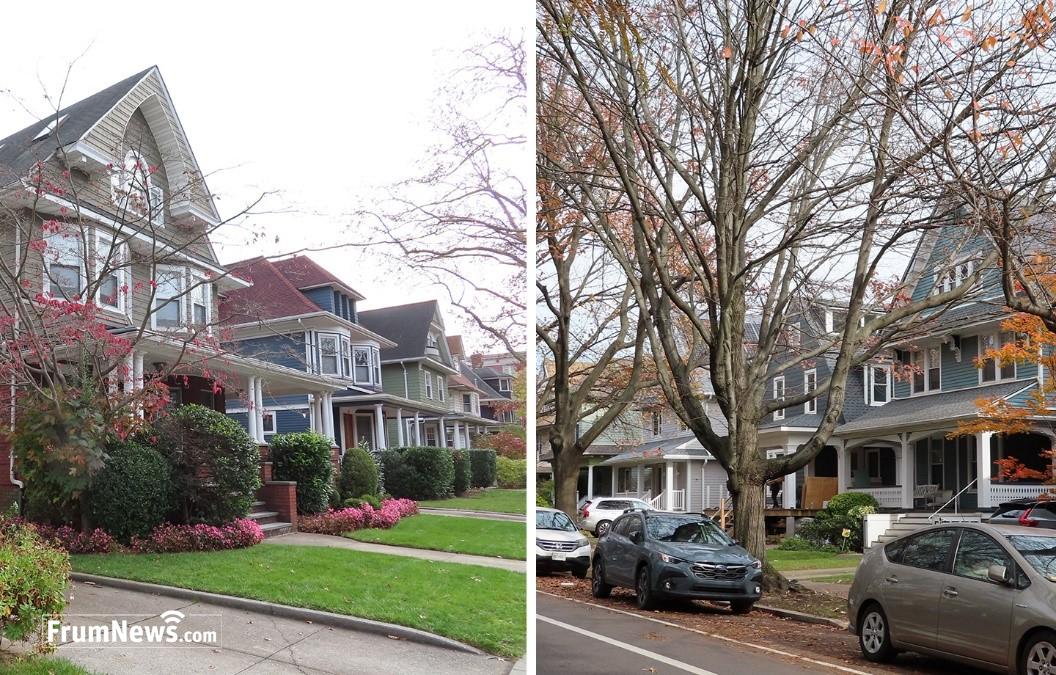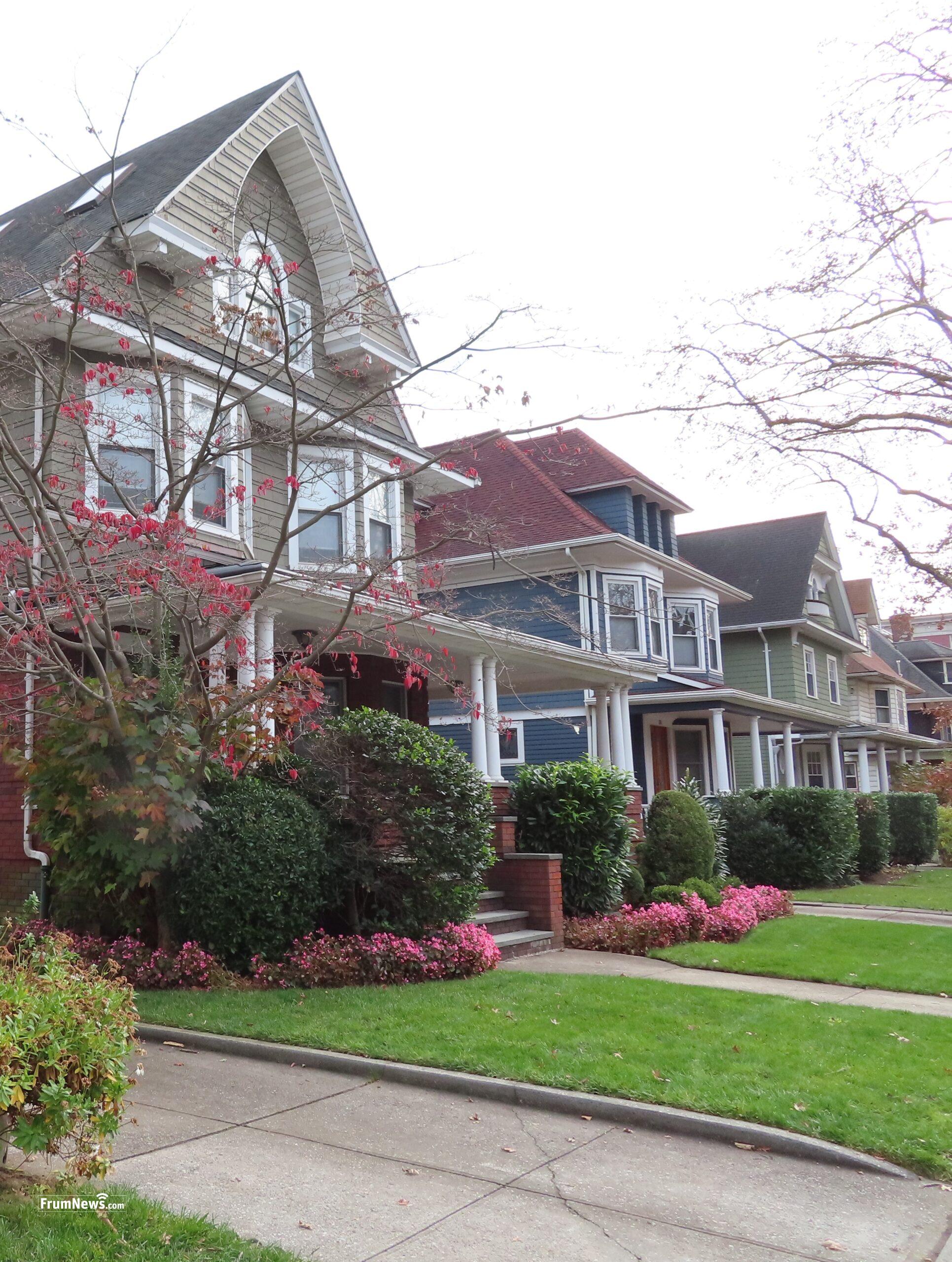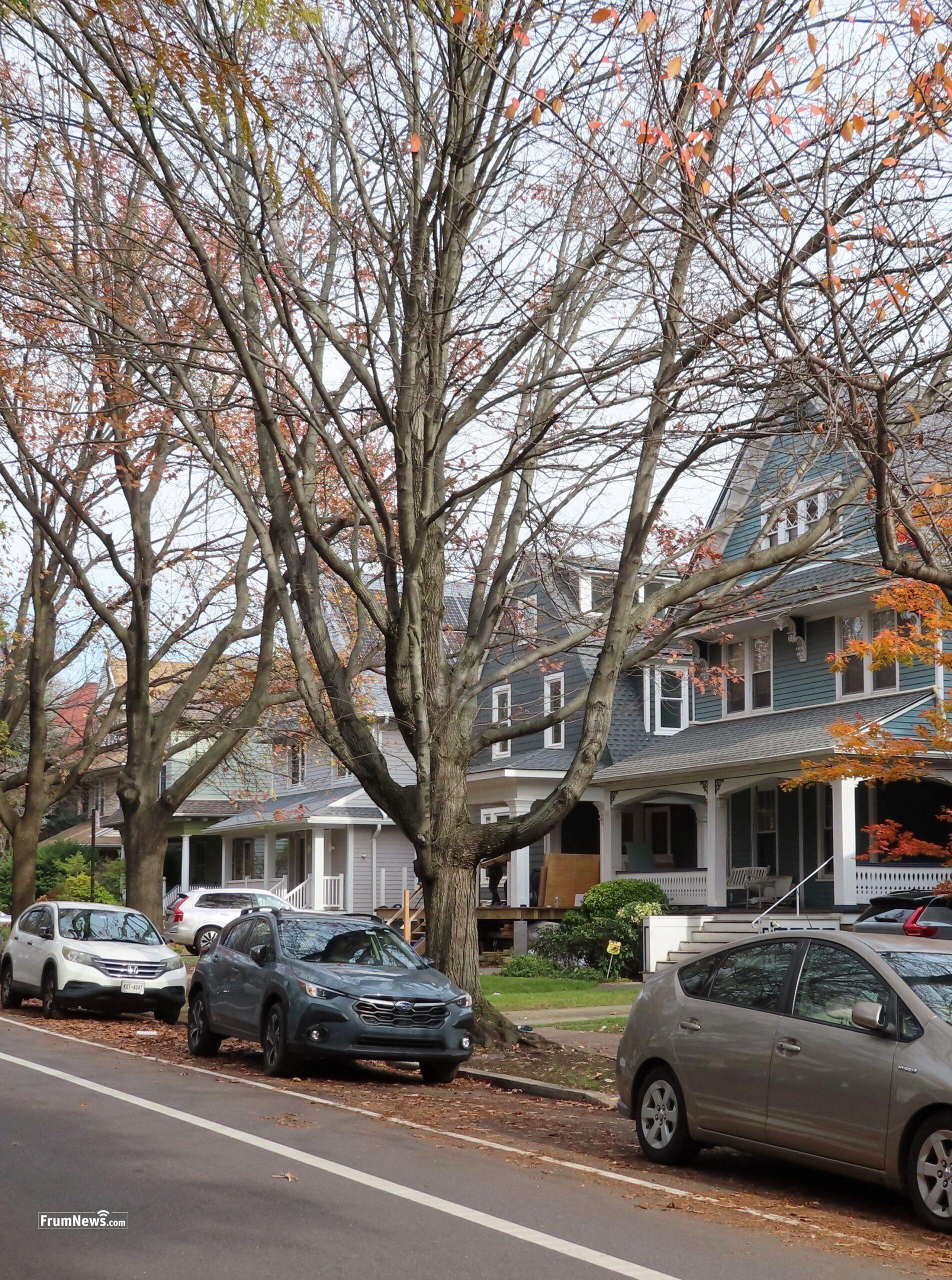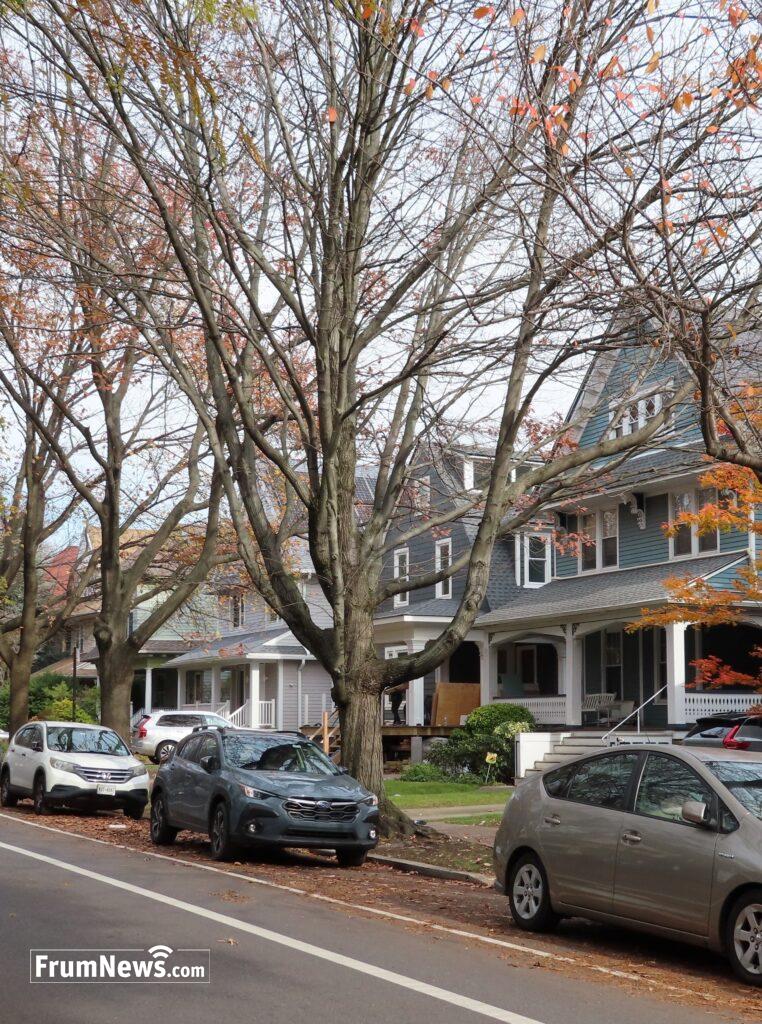FLATBUSH: 245 Homes Receive Historic Designation from NYC Landmarks Preservation Commission

NYC designated two new historic districts in Flatbush, Brooklyn: Beverley Square West Historic District and Ditmas Park West Historic District.
By FrumNews.com
Flatbush, NY — The New York City Landmarks Preservation Commission (LPC) voted on Tuesday to designate two new historic districts in Flatbush, Brooklyn: Beverley Square West Historic District and Ditmas Park West Historic District.
Both new historic districts, which are in the frum community of Flatbush, feature distinctive homes built around the turn of the 20th century as Flatbush transitioned from a farming village to an early suburban development.
The Beverley Square West Historic District includes 118 houses built between 1894 and 1910 along three tree-lined streets between Beverley Road and Cortelyou Road, just south of Prospect Park. Nearly all of the homes were designed by well-known Brooklyn architects, including John J. Petit, John B. Slee, and Benjamin Driesler.
The Ditmas Park West Historic District contains 127 houses, nearly all built between 1902 and 1910, located immediately west of the Ditmas Park Historic District, between Dorchester Road and Ditmas Avenue. Nearly half of the houses in Ditmas Park West Historic District were designed by one architect, Arlington D. Isham.
Explaining why staff kept the boundaries limited—which some residents advocated for—LPC Director of Research Margaret Herman said, while some well-preserved houses did exist outside the proposed lines, most are scattered and not concentrated in one area, according to Brownstoner.
The History
Flatbush’s transition from a rural area to Brooklyn suburb began in the 1880s, driven by the establishment of a street grid and the introduction of an array of city services, including the formation of the Flatbush Gas Co., the Flatbush Water Works, as well as expanded public transportation via the Brooklyn, Flatbush & Coney Island Railroad (now known as the B and Q subway lines), which opened in 1878 along the eastern boundary of Beverley Square West Historic District, and on the west side, the Culver rail road line, (which later became the F and G lines).
As Flatbush expanded, Yidden looking to move out of the cramped tenements in the Lower East Side, sought Flatbush, which quickly became one of the largest Jewish communities in the city, and the U.S. Today, Flatbush contains hundreds of Shuls, Yeshivas, Kollelim, and Bais Yaakov schools, making it a powerhouse of Limud Hatorah and Chesed.
The homes that were designated, Beverley Square West Historic District and Ditmas Park West Historic District, were fueled by the demand for suburban houses as the population of Flatbush and the rest of New York City dramatically increased at the turn of the 20th century—both Beverley Square West Historic District and Ditmas Park West Historic District rapidly added houses in a short period of time, resulting in a remarkable architectural cohesiveness rooted in that period, and today the two historic districts appear much the same as they did a century ago.
“Beverley Square West Historic District and Ditmas Park West Historic District represent a remarkable period in Brooklyn’s development, as the area transitioned into a vibrant suburban neighborhood,” Landmarks Preservation Commission Vice Chair Angie Master explains. “Today’s designations celebrate the history of this unique neighborhood, and will help safeguard this important piece of the borough’s history for years to come.”
According to the LPC, most of the homes in both historic districts are designed in the Queen Anne, Colonial Revival, and Shingle styles. Though diverse in styles, the well-preserved houses in Beverley Square West Historic District and Ditmas Park West Historic District represent excellent examples of the design preferences of the period, and together form a harmonious and appealing suburban streetscape.
Read Next trending_flat
 News
News









Post the first comment!